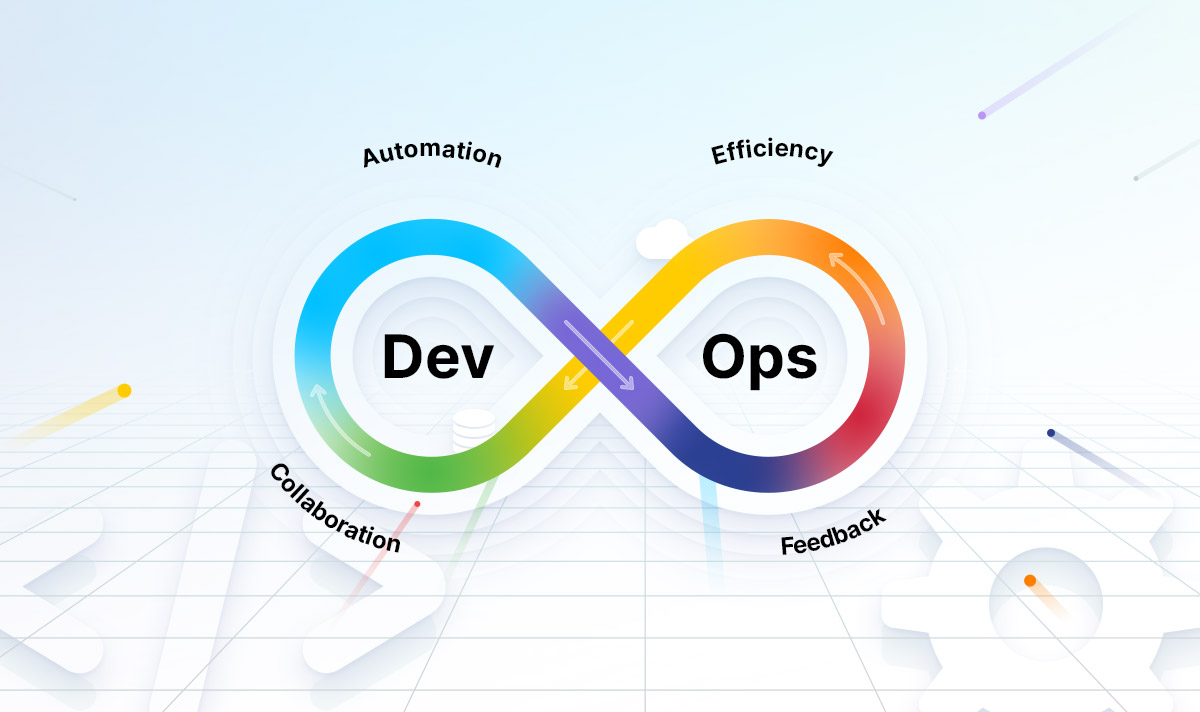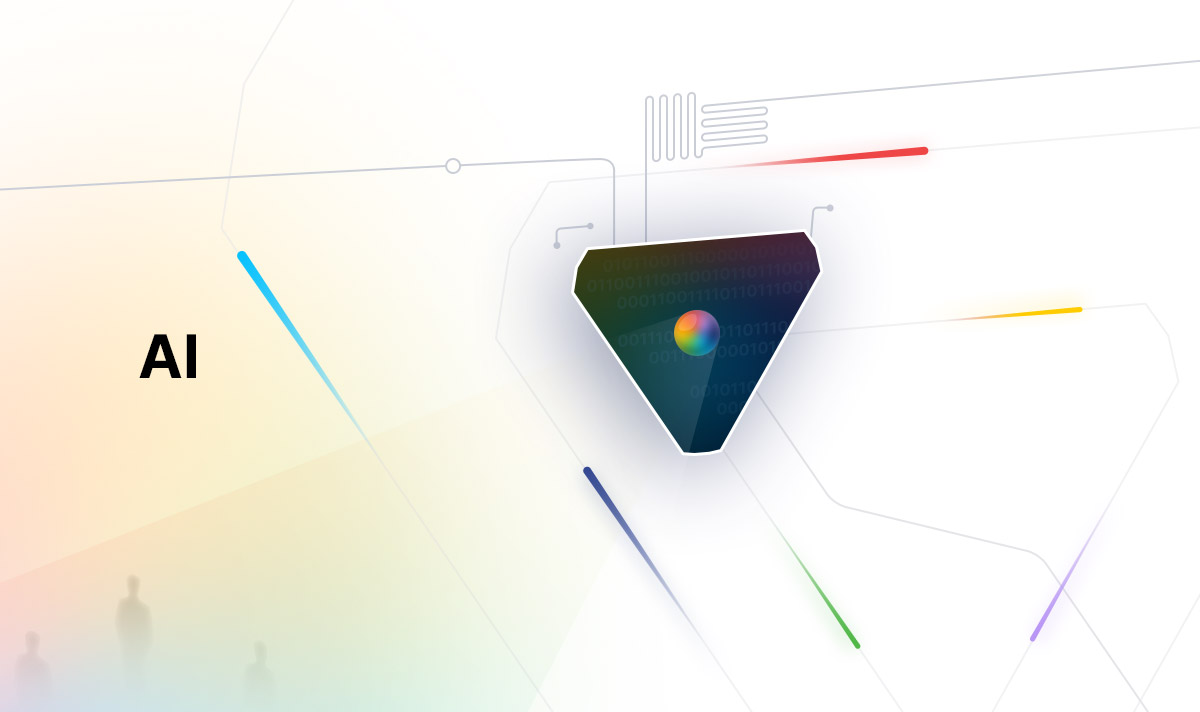Software Development Life Cycle (SDLC) is a process employed by the software industry to design, develop and test top-quality software. The SDLC aims to supply high-quality software that meets or exceeds customer requirements, and provides solutions within time and cost estimates.
- SDLC is the acronym for Software Development Life Cycle.
- It is also called as Software Development Process.
- SDLC is a framework that defines tasks performed at each step in the software development process.
SDLC is a process followed by a software development company, at Enliven we also follow the SDLC method for the development. It consists of a detailed plan describing how to develop, support, and alter specific software. The life cycle defines a strategy to improve the standard of software and therefore the overall development process.
The following image justifies the graphical representation of the various steps of a typical SDLC.

Software Development Life Cycle consists of the following steps:
1.Planning and Requirement Analysis
Requirement analysis is the most vital step in SDLC. It is performed by the senior members of the team with inputs from the customer, the sales division, market surveys, and domain experts within the industry. This information is then used to plan the basic project approach and to conduct a product feasibility study within the economical, operational and technical areas.
Planning for the standard quality assurance requirements and identification of the risks related to the project is wiped out during the planning step. The outcome of the technical feasibility study is to define the various technical approaches which will be followed to implement the project successfully with minimum risks.

2.Defining Requirements
Once the requirement analysis has been carried out the next step is to clearly define and document the product requirements and obtain approval from the customer or the market analysts. SRS (Software Requirement Specification) document will be prepared, which consists of all the product requirements to be designed and developed during the project life cycle.
3.Designing the Product Architecture
Software Requirement Specification is the reference for product architects to return out with the simplified architecture for the product/solution to be developed. Based on the requirements which were analyzed earlier and specified in SRS, usually, more than one design approach for the product architecture is proposed.
A design approach clearly defines all the architectural modules of the product alongside its communication and data flow representation with the external and third-party modules (if any). The internal design of all the modules of the proposed architecture should be clearly defined in small sprints at the design step.

4.Building or Developing the Product
In this step of SDLC, the actual development starts, and the product is developed. The programming code is generated as per details in Document Specifications. If the planning is performed in a detailed and arranged manner, code generation is often accomplished without much hassle.
Developers must follow the coding guidelines defined by their organization and programming tools like compilers, interpreters, debuggers, etc. are used to generate the code. Different high-level programming languages such as Python, PHP, React JS, Ionic, etc. are used for the coding. The programming language is chosen with reference to the sort of software being developed.
5.Testing the Product
This step is usually a subset of all the steps within the modern SDLC models, the testing activities are mostly involved altogether at each step of SDLC. However, this step refers to the testing of the product only which were developed, where product defects are reported, tracked, fixed, and retested, until the product reaches the quality standards defined in the SRS.
6.Deployment and Maintenance
Once the product is tested and ready to be deployed it is released formally in the market. Sometimes product deployment happens in stages as per the business strategy of that organization. The product may first be released during a limited segment and tested within the real business logic with the help of user acceptance testing (UAT).
Based on the feedback received from customers or the market, the product will be released as it is or with suggested improvements in the targeting market segment/business. After the product is released within the market, its maintenance will be done for the existing customer base.






